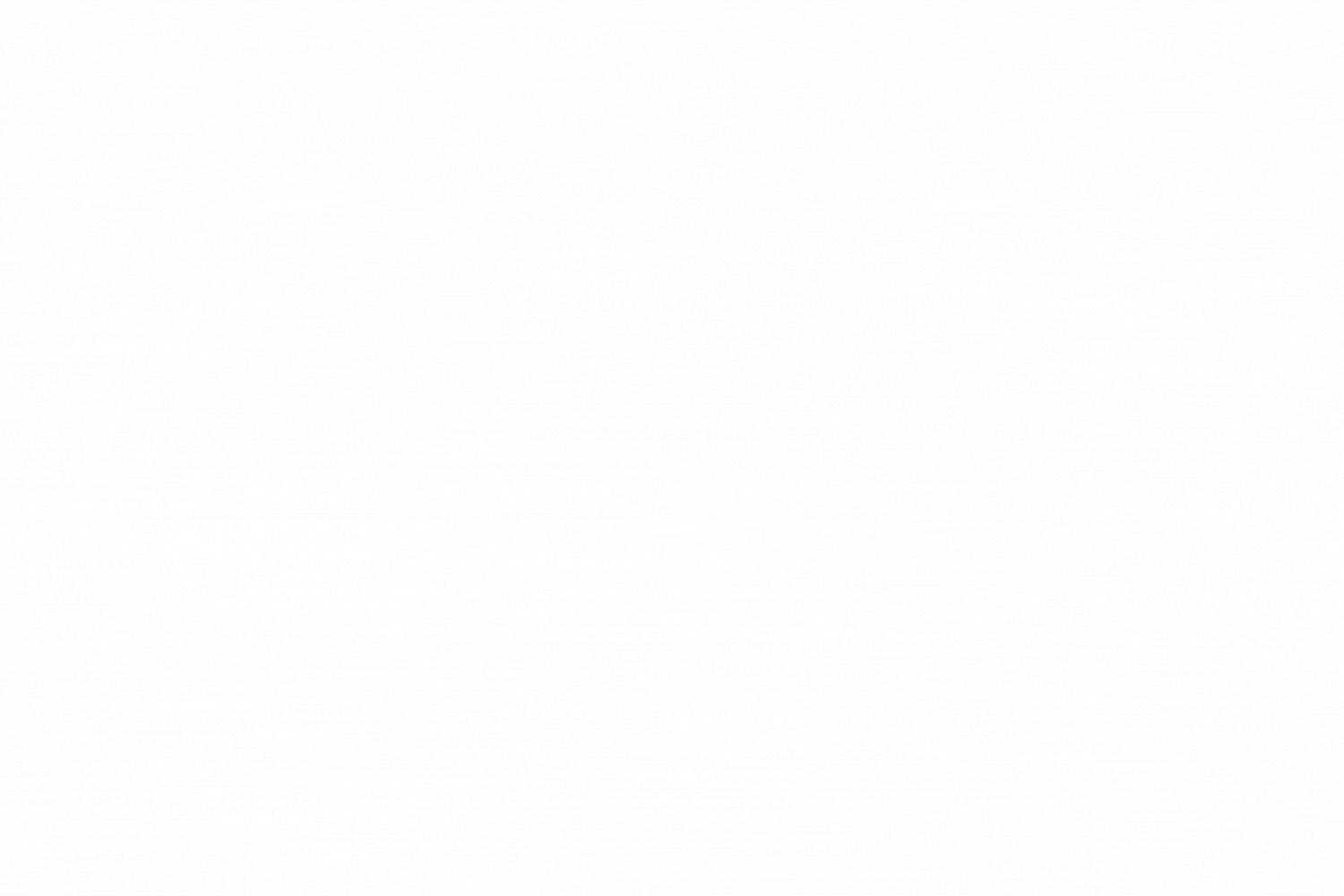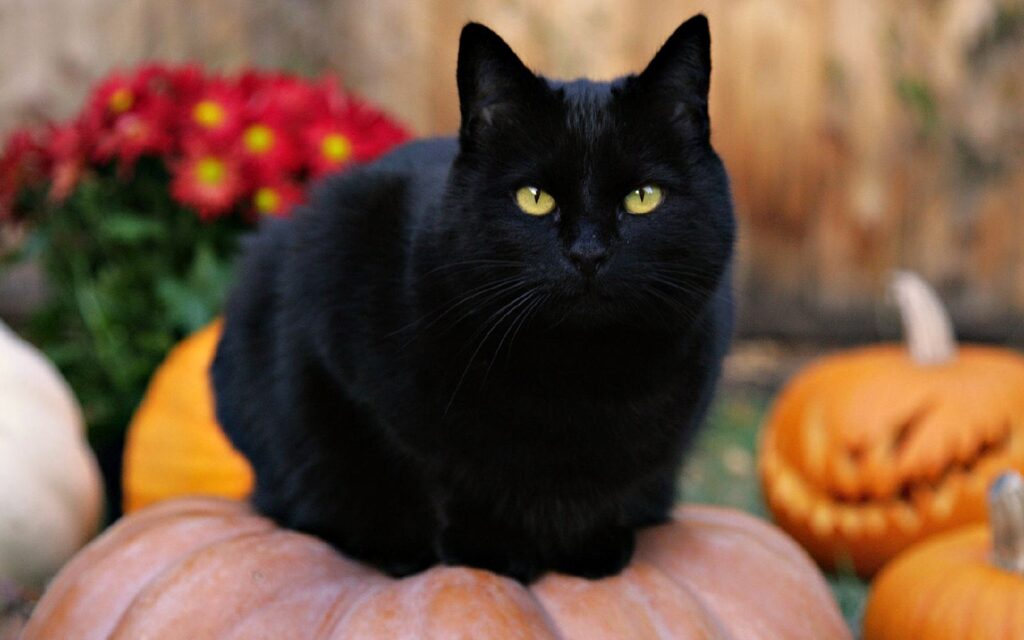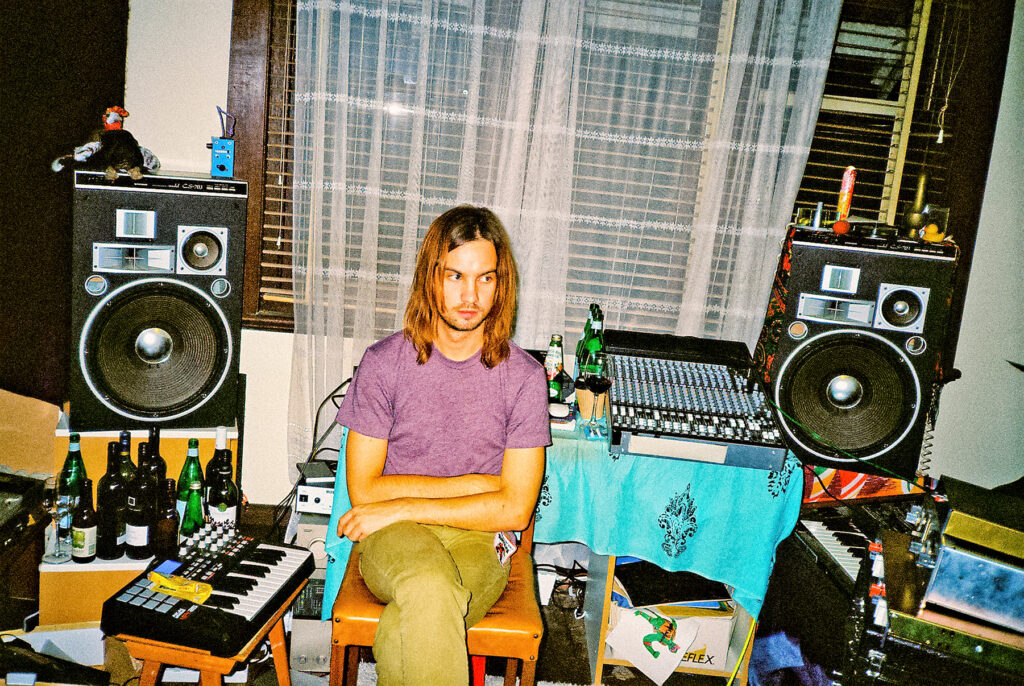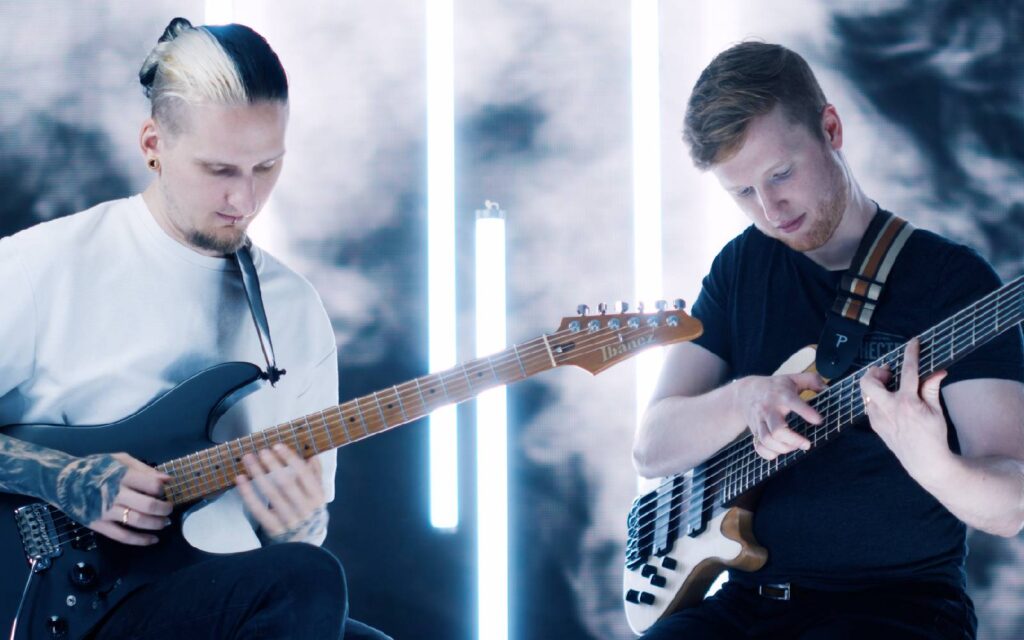DZ Deathrays' highly anticipated sixth album R.I.F.F. is out now - the band chat process, creative inspiration and their ever evolving, big riff generating rig.
DZ Deathrays’ highly anticipated sixth album R.I.F.F. is available to purchase and on all good streaming platforms today. Conjuring the vigour that gave the band the legacy locally and abroad as one of Australia’s most indispensable rock acts, R.I.F.F. is DZ’s most invigorated, rewarding and experimental listen yet.
Read up on all the latest features and columns here.
The album exemplifies exactly what has secured DZ Deathrays’ long-cemented space in contemporary Australian music – their ability to consistently churn out innovative call-to-arms riffage, as visceral as it is frenetic, never letting go of their core objective – making music because they love it, and because they can.
Bringing together Dead Heads, 30-somethings and the aspirational next generation all at once as they reckon with apocalyptic doom, media surveillance and growing older on R.I.F.F., the band promises a place to return to, just like the classics do. To inspire listeners to ignite a passion in themselves and to Remember, It’s For Fun.
Ahead of this momentous release, Mixdown sat down with DZ to chat process, creative inspiration and their ever evolving, big riff generating rig.
Have you made a conscious decision to expand DZ’s sound between your earlier releases and the new LP? What kind of sonic palette were you folks working with when you began writing and recording the album?
I think every record we try to expand our sound in some way. This time it was more about restrictions and limitations. The record was kind of recorded as it was being written, also. Which is a big change for us… something I probably wouldn’t do again. We had been writing songs in lockdown and I just started working in a studio with my friend and our producer Nathan Sheehy. We were recording songs because we had nothing else to do, so we had Simon send drum tracks from Brisbane and Lachlan send guitar tracks from Melbourne and we just started piecing together some songs. We did that for about 11 months until we could all finally get back together and then finished off drums and guitars in Sydney. I find that we have access to so much technology now, soft synths, guitar processing and of course, whatever amp you want to hire, it was a bit overwhelming, and I just wanted to use whatever was in the studio. So essentially, the main sounds on the record were from a Deizel amp, a small mesa combo and then some Helix tones. There’s a lot of juno60 on there, as there was one of those in the studio and drums were a mix of our friend’s Tama and some vintage stuff at Golden Retriever (where we recorded drums). Vocals were all recorded on a u87 and we used a Neve or Shadow Hills preamp. The studio was a workspace for a few different producers so gear was always changing in there and we just went whatever sounded good that day. Essentially we just wanted this record to have no rules when it came to songwriting, but limited ourselves when it came to the gear we used.
Tell me about the DZ Deathrays songwriting process – Is it entirely collaborative, do individual members tinker alone and then present to the group, or is it a combination of both?
It’s a pretty collaborative affair. We all write parts or even full songs. The majority of the time I will do the vocal parts and Lach and Simon chime in when I get stuck and ask them for ideas. Vocals are tough, you have to feel comfortable singing that part so it really has to come from the singer’s head, especially when you’re not great at it like me. On this record we all wrote different parts for each other… some songs Lachlan did drums and even played the kit on grounded or dead. Simon did the majority of drums and also worked with Nathan on some tracks like Paranoid (Nath is a drummer so he was really instrumental in getting that one to feel the way it does). Some songs lach had pretty much written the whole song, and I would just add vocals and a bridge, others I would go to the guys with the basic parts of a song and get them to add drums and lead. It’s really collaborative in the band and everyone is happy to work together and go with whatever is going to benefit the song the most.
Talk me through your recording workflow from demo to track completion. Do you begin in the bedroom or head straight to the studio? Any preference of DAW/special set up that goes the extra mile?
We essentially start with demos, recorded on logic and I usually piece them together or Lach and I would work on the same session. Simon would send digi drums from Brisbane. We would get them as good as we could, sometimes up to twenty-odd versions then go to Nathan and start a pro-tools session and bring in the demo stems. Then we would just start replacing the things that need to be replaced. Some of the demo audio stayed, it sounded great so we didn’t need to waste time trying to better it or replicate it. Mainly drums, vocals, bass and rhythm guitars were replaced. A lot of the lead stuff, synth pads all come from the demos. I love working in this way, there’s some real magic that happens in demo world where you’re just creating quickly at home by yourself. I record at home with an antelope zen go, Lachlan uses a SSL2+ and Simon has a Focusrite 8pre. In the studio we used a UAD 8pre or X6.
Which pieces of equipment are integral to the band when it comes to translating DZ’s essence from a recorded to a live context? Are you trying to replicate your studio sound when you perform, or do you prefer to let the songs breathe and find their own live groove?
We like to think of records and live music as different beasts. Live music is like going to see a play, and on record, it’s the feature length film. You get a different feeling from both and I think that needs to be respected. This year our live rig is pretty simple, drum kit, guitars and an SPD which is running a click track and some synth sounds. We also have included our good friend Luke Henery to take up bass duties. There’s so much bass on this new record we thought it was time to bring in a bass player and we are really grateful that Luke was keen to join us. We also run our own monitor desk and IEMs live which is a pretty important part of our show. I’m still using my Fender Powercaster as my main guitar, that’s in drop D, I love that thing so much. I have these Alan Entwhistle x 3 pickups in my guitars which are really cheap and great high output ceramic hot rail style pick ups. They really work for this band. As we have a bass player with us now, Lachlan and I have put the pedalboards aside and gone full Helix LT’s so we could expand our switching capabilities and also do things like acoustic simulators and mono synth sounds. The idea of touring more gear to try replicate the record wasn’t something we were into and these just make it a bit more simple to tour and fly around. Currently we can tour a few electric guitars and the helix’s and we can do a lot of the sounds with that alone. On stage we still split from our LT’s and go to fender devilles, so there’s a stereo send of effects and amp modelling going to front of house and then also effects that then bypass the amp modelling and go to fender devilles which have a microphone on them. FOH can then blend what they need. Simon plays Yamaha kits on stage and he looks after the SPD. Luke uses a PBass through some effects and a darkglass BK7 then to a Fender super Bassman. The idea is that we are able to jump up on stage and pretty much play through anything these days and it’s gonna sound great no matter what. Lastly I’ve moved on from an audix vocal mic to a SE V7 which I am loving a lot.
Are there any pieces of gear you’ve acquired, be it something cheap that punches massively above its weight, or a less-wallet friendly splurge, that have tangibly influenced the way you write and record music to this day?
I think the Helix has been pretty amazing, I use the plugin when doing demos. They are expensive, but once you dig deep into them and do a lot of tweaking you can get some great tones out of them. Then there’s always the option to get an amp in the studio with a mic in front of it and make it better if it needs it. The other thing we have all started touring with are the Fender micros. They are great for doing a quick practice before a set. I love how simple they are and the fact you can Bluetooth your music through it and play along gets rid of having to have a lot of cables and an interface, laptop etc. Those have been revolutionary on the road.
Gear Rundown
Drums
Live: Yamaha for live, essentially the biggest he can get, kick, snare, rack, rack, floor plus paiste cymbals; 24” ride big beat, 18” crash, 14” hats.
SPD: Roland SPD SX, this has some synth playback and a click track which we use for a few songs in the live set.
Guitars & Bass
Fender Powercaster, tuned to drop D with the X3 pickup in it. Fender Meteora tuned to CADGBE also with the X3 pickup, Fender Stratocaster Ed O’Brien Special tuned to drop D with a sustainer pickup added and Fender Jaguar tuned to CADGBE also with a sustainer pickup added. In the studio we used a Gibson J45 Acoustic, Fender Acoustic, a hilarious Jack Daniels cigar box guitar (paranoid bridge), a vintage P-bass alongside our usual live guitars. Fender P-bass for live stuff and recording.
Pedals
Helix LT for Lachlan and I on stage, in the studio we used so many different pedals but the Kingsley Paige, Boss DD8, The Black One by Dirty Sock Effects, Memory Man Delay and Darkglass Alpha Omega were used a lot on this album.
Amps
Fender Deville 410 on stage and in the studio a Diezel 4 channel head, Mesa Boogie Combo and Orange AD30. Superbassman and Neo 810 on stage and in the studio the bass was DI’d straight in then processed.
Synths
Juno60 was used a lot in the studio, Novation Bass Station was used also. There was a Yamaha electric piano used in some parts too. We did a lot of running midi notes through the Juno and then a guitar amplifier.
Microphones
In the studio we used a U87 for vocals, also a TLM103 on a few parts. Sm57 and 414’s on guitars. Live we use the SE v7 and Audix om7 for vocals.
Preamps/Soundcards
Neve on drums and vocals, Shadow Hills on vocals. Guitars went through the Shadow Hills also.
Sound cards: UAD in the studio, Antelope and SSL for demos.

DZ Deathrays will be heading out on tour across the country with Press Club and Dust this August/September. For tickets, head here.








